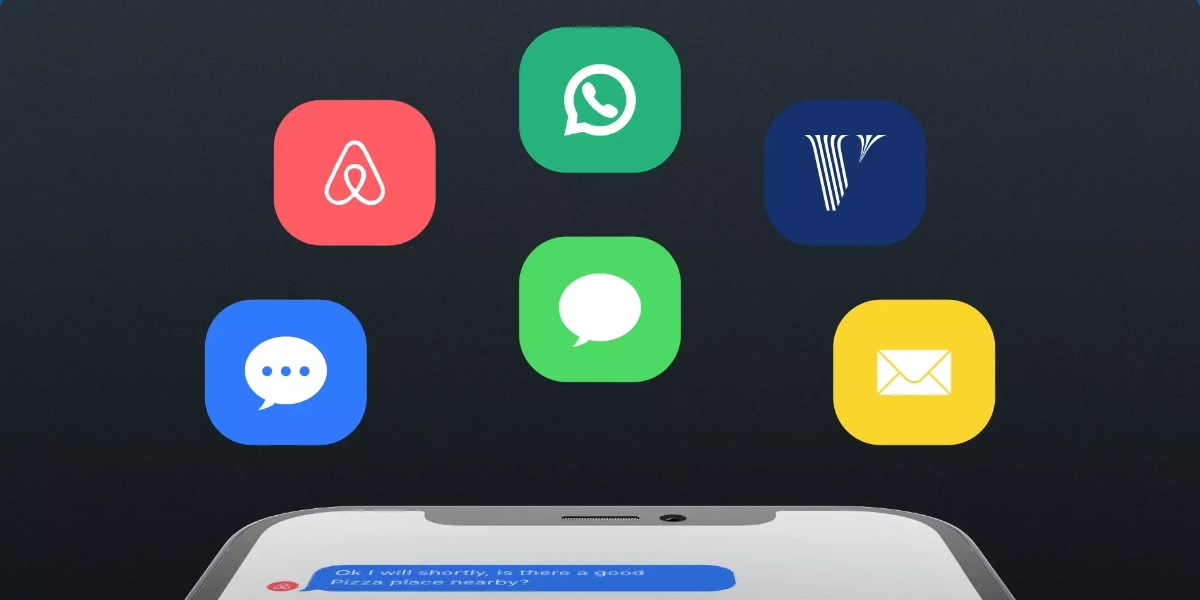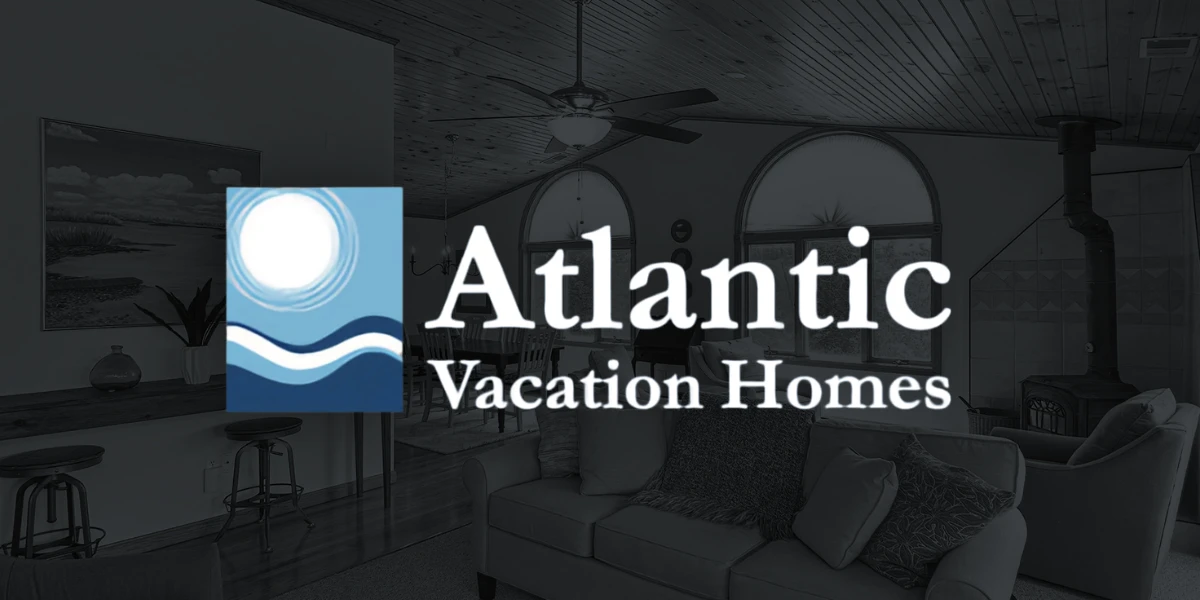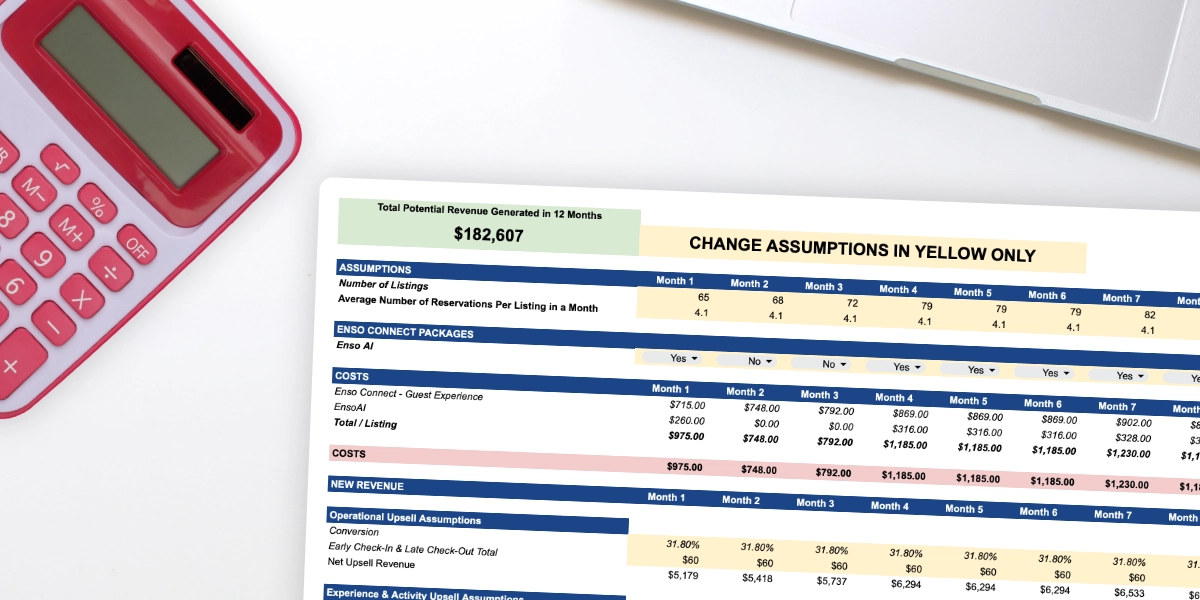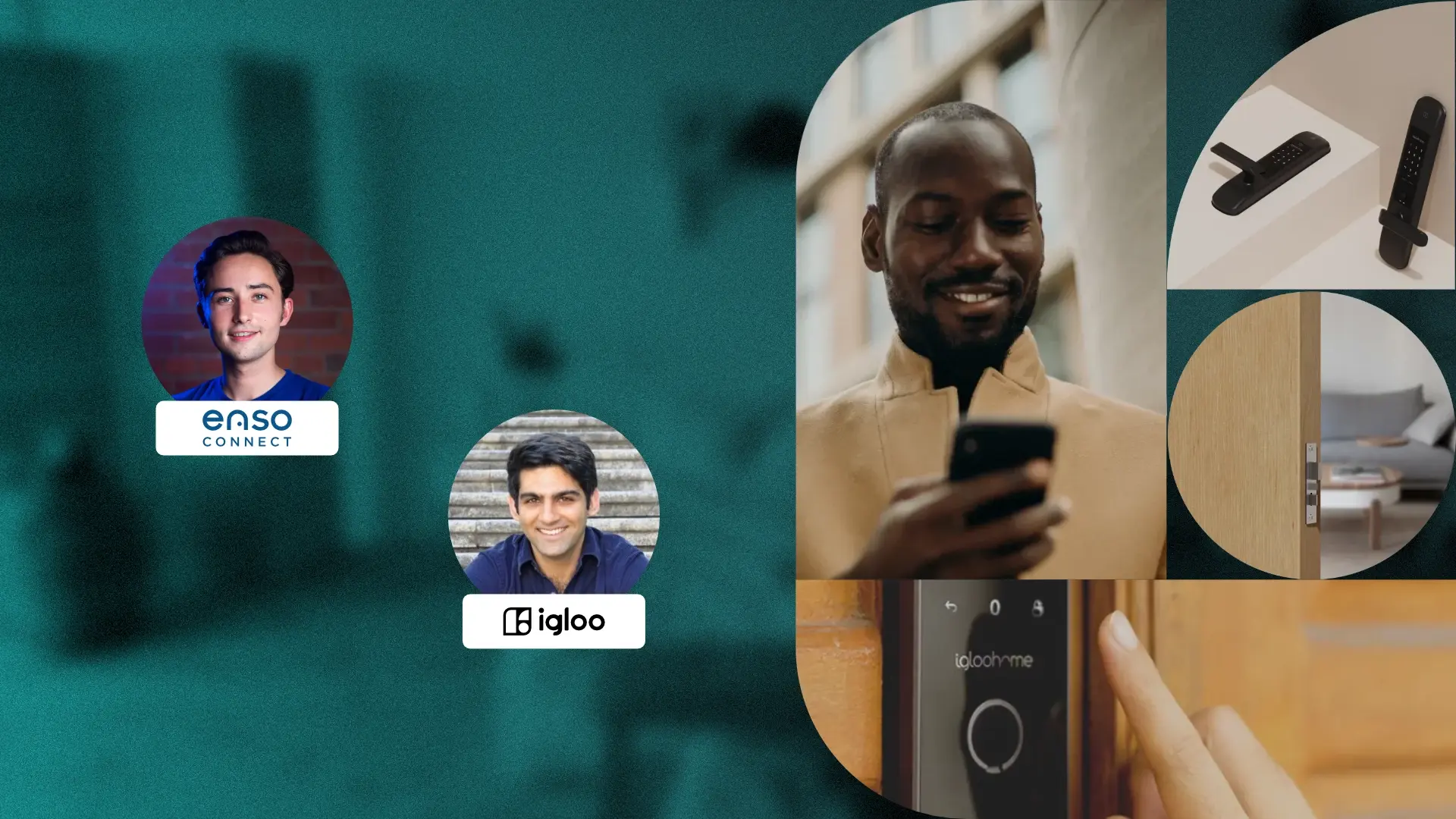We are breaking down the complex topic of smart locks in professional short-term rentals. Learn about the advantages, and potential drawbacks to help you make informed decisions for your property management business.
In this webinar, we are talking to a leading hardware manufacturer whose smart locks are used in STRs worldwide. Explore the ins and outs of this cutting-edge technology. Discover how smart locks help professional property operators to streamline operations and deliver an exceptional guest experience
Webinar Speakers
Francois Gouelo, as the Co-Founder and CEO of Enso Connect, Francois has been at the forefront of the intersection of technology and hospitality. He is moderating the session.
Sid Butalia, Head of Product and Design, IglooHome
An award-winning product expert with over 15 years of experience in Industrial Design, Mechanical Engineering and New Product Development. With a track record of over 150 successful projects, Sid is an expert in IoT products, specifically smart locks.

Watch the webinar recording
What are smart locks and how do they work?
Types of smart locks
We’re at a point where, despite the many smart lock manufacturers, we’ve barely begun exploring all the possibilities. There are various methods and devices for unlocking doors. For instance, IglooHome focuses on several types, including those with keypads for entering a code to access a unit. Other locks may not have a keypad, suggesting they rely on different mechanisms for locking and unlocking.
Smart locks by connectivity
Smart locks by access types
Top smart lock types and features in short-term rentals
What are the best smart locks for vacation rentals, what features are the most popular and what are the latest trends in smart home technology for the industry?
PIN Codes
The short-term rental scenario is primarily where you have one or two primary users: a property manager, co-host, virtual assistant, etc. But your end users – you could have thousands. In that scenario, PIN codes by far are the most popular. It’s a powerful form of access because they can easily be shared. Thanks to IglooHome’s AlgoPin technology, they can be generated completely offline. So when it comes to having a very reliable system that has virtually no downtime, that’s where pin codes really come in.
If you’re talking about biometrics, let’s say fingerprint, for example, due to security concern, you can’t store users’ fingerprint data on the cloud. So you have to store it on the lock. What that means is for a typical short term rental customer, they’re only going to be at the lock when they check in. That defeats the purpose because then you have to be there to do the onboarding of their fingerprint. So that’s where we see pin codes being the primary use case.
Bluetooth
We’re starting to see Bluetooth pick up. A lot of IglooHome’s integration partners are figuring out how to create temporary guest experience applications. And through that, giving your guests the ability to just unlock the doors from a smartphone. It is easier because you don’t have to remember the code.
WiFi
Second one, you can actually create customized pin codes. Whether they’re four digits, five digits, you can simplify it.
And the final thing that we find quite useful is – for canceled bookings, you can delete a pin code if the lock is connected to Wi-Fi. And so part of the reason why there were these different types of connectivity just for people to know is that Wi-Fi wasn’t great five, 10 years ago, but Wi-Fi is great now. Wi-Fi locks are on the rise.
The example for this is SmartThings, the company that was pivotal in linking various connectivity types through a single hub. However, the necessity for such a hub is declining as device connectivity becomes more centralized, reducing the need for different frequencies to connect devices. It’s encouraging to see IglooHome also advancing in this direction, simplifying connectivity in smart devices.
It’s important to know that WiFi is not ideal for smart devices because of its power consumption. It is much more power hungry than Bluetooth.
IglooHome smart locks offline functionality: how it works
AlgoPIN is a technology behind all IglooHome devices that lets rental property managers grant PIN codes remotely without Wifi. This is unique to IglooHome devices. We asked Sid to tell us more about how it works and why they implemented it for the hospitality industry.

Pro tip: What’s the best lock connectivity?
There are networks like Matter, are coming in, which are trying to do both – having a connectivity of WiFi with lower power drain. Closer to that with Bluetooth.
For property managers, the choice between technologies depends on their needs. Whether it’s minimizing battery replacements for high-traffic properties or prioritizing guest convenience. Ultimately, selecting the right technology scales with your business, making each device’s unique features crucial to decision-making.
Top three benefits of smart locks for short-term rentals
Convenience
For the guest not having to worry about an access card or a separate key, one less thing for them to carry and to worry about. For operator – no need to handing off and picking up physical keys to the guests.
Security
Not so much from the lock hardware, but from the ability to pull logs from that device at any point. If somebody’s lost or left something in the room, you have an accurate log of what happened on that door. If you have a smart lock and a security camera – two bits of information – there’s a monitoring system on your front.
Operational efficiency
Previously, services charged $30-40 per check-in, essentially for key handovers. Considering the cost, investing in a smart lock, which might range from a few hundred dollars, seems economical compared to the potential expenses of replacing keys or locks if guests lose or take them. This investment not only saves on the costs associated with traditional check-ins but also offers both cost savings and convenience over time, justifying the initial outlay from multiple angles.
Difference between smart locks in Europe and North America
North America
The primary difference is the door hardware, the way the door is built. This tends to be very uniform in North America, including Canada adhering to ANSI standards. In most cases, except for condominiums, homes typically feature a deadbolt lock. This type of lock is one of the simplest to install, making it a standard choice across North America.
Europe
In Europe every country has a slightly different standard, as well as fire ratings. Igloohome, as well as many other lock makers in Europe follow the approach to not actually touching what’s on the door.
How secure are smart locks?
6 steps to choose the right smart lock for your short-term rental
Begin with a key box
It allows integration of software into your management process without needing a locksmith for installation. Simply attach the key box outside your door for a practical, semi-automated solution (“IoT 1.5”), blending manual and digital access without altering existing locks. The advantage of this is that you don’t have to change all the locks. You can just put a key box in. Even if you have multiple doors, front, side, back door, you can provide those keys in the key box. Essentially, you’re providing access to the whole home with a single device.
Identify which is the door that most people are using
Think the value adds
Look at your door and see what’s already on it
Sid recommends using what you have before you start drilling holes in your door.
There is a door compatibility checklist, where IglooHome’s experts suggest which lock will be compatible with your door.
Decide whether you want Wi-Fi or Is it ok with Bluetooth
Are you just going to be using pin codes or? Are you going to be connecting this with a smart home?
Include smart locks into your check-in experience
Main issues with smart locks and ways to overcome them
Addressing common concerns with smart devices involves proactive measures and effective troubleshooting by operators. Since no system is flawless, issues will arise, potentially stressing those responsible for day-to-day operations.
Door misaligned / jammed
Due to changing temperatures and seasons, doors and frames in North America can misalign, affecting the locks. This might require a key getting stuck or the smart lock not functioning properly. It’s advisable to have a check-up on the door’s alignment periodically, maybe every six months or annually. Do this by yourself or with a locksmith, to ensure everything works smoothly. This maintenance is essential for all types of locks to keep them operating correctly.
Battery drain
IglooHome smart locks come with an emergency power feature to prevent lockouts due to short battery life. This means you, your guests, or the property manager can still access the lock if its battery dies. For some models, attaching a nine-volt battery can temporarily power the lock, while newer models use a USB Type-C connection, similar to charging phones or power banks. This allows devices like Android phones or tablets to supply emergency power to the lock, ensuring remote access is always available. Smart door locks have low-battery alerts, reflected in your Enso Connect device dashboard or directly on your phone.
WiFi outage
Your Wi-Fi connection or your power could cut out for your home. That is where AlgoPIN comes in, where there’s no need for WiFi to allow people to go in and out of the home.
Insurance Restrictions (in Europe)
Before making any changes to your door, it’s important to understand what’s allowed with insurance. Some places have restrictions on altering doors, while others permit it. Make sure to research and understand these regulations to avoid unnecessary expenses and complications when modifying your door.
Compliance with the local rules and regulations
You can attach our key box to a wall, or if that’s not possible, it comes with a shackle for easy attachment to things like door handles or railings. However, it’s crucial to comply with local regulations. Additionally, understanding insurance is key, especially with the various coverage options available for vacation rentals, whether or not you use a smart lock. While requirements for smart locks may vary and I may not have all the details, it’s important to be aware of potential issues related to insurance.
New features and trends in the smart home devices
The new features of smart locks cater both to B2B like vacation rentals, and to end-users, focusing on convenience.
New networks standards like Matter
So it’s going to become a lot easier to integrate a smart lock into your smart home. That’s one big shift. So if you can get over the DIY of a screwdriver and all that, the IT stuff is far easier.
Biometric facial recognition and mobile access cards
For short-term rentals, biometric facial recognition and mobile access cards hold significant potential. This trend, seen in hotels with physical tap cards, is moving towards digital cards. The convenience of tap-to-pay, as popularized by Apple, is extending to cars and hotels, enhancing user experiences. However, building hardware solely compatible with the Apple ecosystem limits broader application, highlighting the need for versatile solutions in access technology.
Effortless entry
Currently, you have to physically turn a doorknob to open a door. However, imagine a future where the doorknob is connected to your lock. It is allowing you to simply nudge the door open with your shoulder or walk through without touching it. In Asia, IglooHome have developed a mortise lock that operates this way, enabling effortless entry simply by approaching the door.
Learn more about creating a seamless guest experience with smart locks





